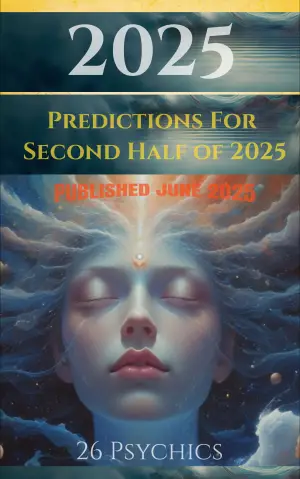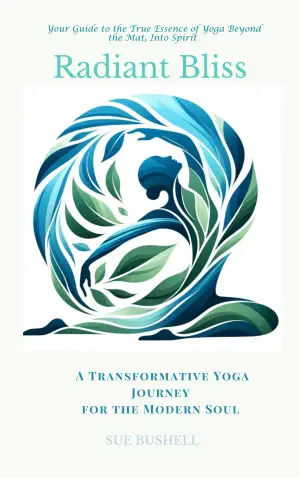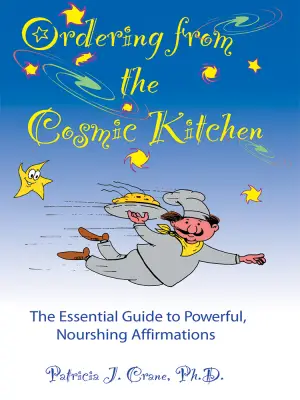Miracles and Wonder: The Historical Mystery of Jesus by Elaine Pagels – A Reflective Journey
When I first picked up Miracles and Wonder: The Historical Mystery of Jesus by Elaine Pagels, I felt an immediate spark of curiosity. Having previously engaged with her thought-provoking work in The Gnostic Gospels, I was eager to see how she would distill centuries of theological debate and personal exploration into this new volume. What drew me in was not just the title, but the promise of a deep dive into the complexities of Jesus’ life, and how his story continues to resonate today—especially for someone like me, who spent twelve formative years immersed in Catholic education.
In this beautifully articulated book, Pagels invites readers to peel back the layers of history surrounding Jesus, examining the Gospels as both religious texts and historical artifacts. She effectively navigates through familiar stories, recontextualizing them to explore their meanings and implications. It’s not just about the miracles or the resurrections; she deftly examines how these narratives were shaped by their cultural and political climates—dissecting the motivations behind what made the final cut of the New Testament. This is especially riveting for those of us with a foundational understanding of these stories, as it challenges us to reconsider the ‘why’ and ‘how’ behind the tales we’ve known for so long.
Pagels’ narrative style is engaging and accessible, yet scholarly—a delicate balancing act that she performs with grace. She weaves historical insights with personal reflections, notably how her own questions about Jesus’ significance echo the inquiries of many who seek meaning in a complex world. Her exploration encompasses not just the received texts but also the Gnostic writings that shed light on earlier beliefs and the diversity of views in early Christianity. I particularly appreciated her examination of how the message of Jesus has been reinterpreted across cultures—drawing parallels between the experiences of marginalized groups and the figure of Jesus himself.
One particularly poignant moment in the book is her discussion of James Cone’s experiences, merging the concepts of liberation theology and identity. This part resonated with me, reflecting on the powerful connection between personal suffering and spiritual redemption. It’s instances like these that elevate Pagels’ work from mere historical recounting to a profound exploration of faith and identity.
The pacing of the book is compelling, pulling you along through chapters that feel rich yet digestible. Pagels doesn’t shy away from addressing the darker realities of Jesus’ life—a political rebel whose actions displeased both Roman authorities and traditional Jewish leaders. Her analysis of crucifixion and its significance provides a sobering reminder of the historical context that surrounds these stories, adding layers of depth that challenge and enrich understanding.
As I reflected on my reading experience, particularly during Lent—a time of contemplation and sacrifice—I found myself reassessing not just the stories of Jesus but also their relevance in our present day. Pagels masterfully reminds us that the essence of Jesus’ message of acceptance, compassion, and community still speaks volumes, especially to those on society’s fringes.
Miracles and Wonder is a book that can appeal to a wide array of readers, whether you’re steeped in biblical knowledge or approaching these ideas for the first time. It’s an invitation to rethink and re-engage with a narrative that has shaped not just religious landscapes, but individual lives across centuries. With its blend of reverence, inquiry, and scholarship, this book left me feeling enriched and reflective—truly a must-read for anyone seeking a deeper understanding of Jesus’ lasting impact in a fractured world.
Discover more about Miracles and Wonder: The Historical Mystery of Jesus on GoodReads >>














